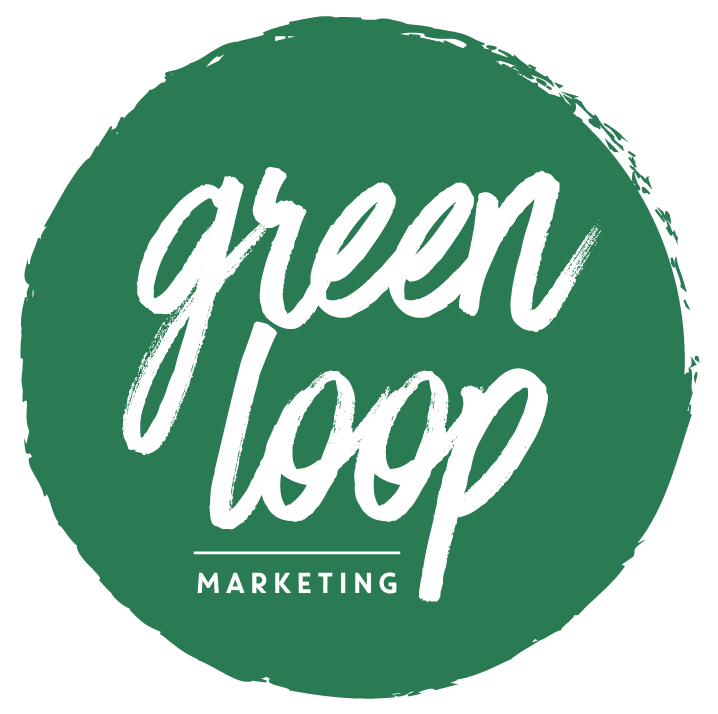Data Privacy and Online Advertising in a Post-Cookie and Meta World
Online advertising has undergone rapid change in recent years as data privacy becomes a consumer priority. Decisions in Silicon Valley and on Capitol Hill will impact the bottom lines of businesses across the country.
In the 4 years since the Cambridge Analytica scandal brought Mark Zuckerberg to Capitol Hill, data privacy has become a key factor in new product development. Pew Research showed that nearly three quarters of Americans were aware their online behavior was being meticulously tracked by advertisers just one year after Zuckerberg’s testimony (Pew). This sentiment became a driving factor within Silicon Valley.
Perhaps the most obvious example to consumers is Apple's App Tracking Transparency iOS update, which debuted with iOS 14.5 late 2021. It’s also a part of iOS 15 (72% of modern iPhones run iOS 15 (CNBC). In brief, the policy gave iOS users the ability to decline for their web browsing to be tracked by cookies.
Specifically, Apple’s ATT feature prohibits Meta’s now-infamous pixel from tracking users without permission. Meta argues this damages the user experience by limiting ad tailoring based on user browsing data outside of its apps. Said another way - it would limit advertisers’ ability to accurately target their audience. Early this year, Meta’s worst fears materialized when they confirmed reports that this change would eat into their ad revenue behemoth. $10 billion in lost revenue was predicted for 2022 (CNBC); a prediction we’ve already seen bare out in Meta’s first ever revenue drop from Q2 this year (Verge).
Meta attempted a rebrand just 6 months after the new feature launched in 2021, a clear attempt at moving beyond the data privacy scandal ridden “Facebook” brand. However, questions of data privacy and user discontent following the 2020 election and the January 6th insurrection contributed to a Q4 2021 report that showed the platform’s first ever drop in active daily users (Forbes).
Just another misstep for Meta, they had previously attempted to work with Apple to split ad revenue (Verge). Not surprising to current Instagram users as Meta also continues to ignore feedback from average users to some of the platform’s most prolific accounts (Vulture). In the shadow of news that Apple and TikTok will likely earn 34% of every new ad dollar spent outside of China in 2022, it’s a bleak portrait for the future of advertising with Meta.
Beyond Meta
But the Pixel was doomed long before Apple’s ATT feature. In January of 2020, Google promised the #Cookiepocalypse - a goal to remove all third-party cookies from its browser, Chrome (Vox). These third-party cookies are what platforms like Meta use to retarget users based on their browsing habits. And 49% of the American market uses Chrome for browsing, with Safari claiming 36% of users (Statista).
Meta is not the only platform that uses this technology. LinkedIn and TikTok both offer Pixels for audience targeting. Google proposes their Privacy Sandbox will provide a way to target these users through an anonymized bidding system.
API connectivity will be more important, as it allows brands to track user actions without the need of a Pixel. This connection allows for web events to be sent to Meta directly from your website’s server, not the browser. But this data does not allow you to retarget the user. It merely allows campaigns to track actions without cookies (Out Origin).
However, the deadline for the end of third-party cookies continues to be delayed. Google now aims for 2024 (Verge). Whenever this project does manifest, it guarantees that relying on cookies for targeting ads is at an end. This delay also guarantees marketers another year to lay the groundwork for advertising without these useful snippets of code.
So... What Does This Mean for The Future of Online Advertising?
Now is the time to focus on first-party data. Begin prioritizing this data, consisting of customer data such as emails and phone numbers. Whether you’re just starting out collecting data or need to organize the client data you have, a customer relationship management tool (CRM) is an excellent place to start. Designed specifically for structuring this data, there are CRM solutions for businesses of all sizes.
Many ecommerce and website platforms also offer add-ons for collecting and organizing this data. This may mean undertaking some website re-design to drive towards better consumer information collection. While the final results of such an undertaking may take some time to materialize, planning and collecting first-party data now sets you up for success in 2024.
There are technological solutions looking to fill gaps and build on first-party data, as well.
Clean rooms allow for data to be shared and compared, which will become crucial when choosing an audience to target without the use of cookies. These “rooms” give the advertiser the ability to find commonalities and distinctions among their desired audience. Clean rooms are offered by most major platforms (Google and Amazon) and feature aggregated data (Marketing Brew). By comparing first-party client data to the aggregate platform data, more accurate information on ad performance can be gleaned (Search Engine Journal).
More in depth than a CRM, a Consumer Data Platform (CDP) is software designed to combine data from multiple sources like social platforms to Google search history. It collects data points based on a user’s interaction with your brand to build a user profile. This aggregate data allows for the creation of advertising audiences specific to user behavior (Segment). This data also enables brands to make stronger decisions about overall marketing decisions, as well, but it also relies on reliable first-party data to be useful.
This post was written by Jordan Shea, our Senior Marketing Manager and resident ad nerd.
Need a hand with your online advertising? Our digital ad experts Jordan, Dan, and Allison can help. Connect with us to discuss your marketing needs.
Green Loop Marketing is an Indianapolis-based team of built-for-you marketing strategists, implementors, and creatives to fill in the holes you need to most achieve your organization’s big-time goals. We focus on strategy and daily implementation of content, email marketing, and paid + organic social media.


